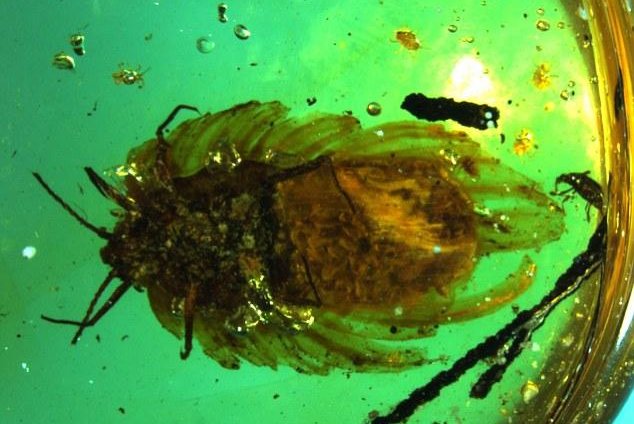SHANGHAI, March 31 (UPI) -- An ancient hunk of amber found in northern Myanmar has revealed a rare specimen -- an adult female scale insect. Even rarer, the female is carrying upwards of 60 eggs on her abdomen. Also stuck in the amber are six scale insect nymphs.
Dated somewhere between 95 and 105 million years old, the amber fossil is the earliest evidence of brood care among insect species.















